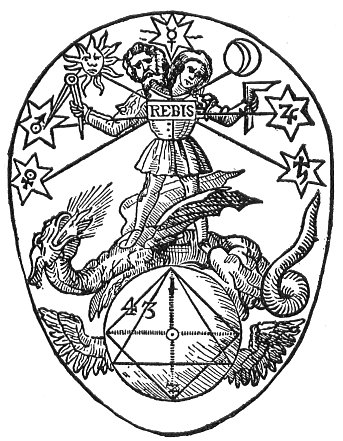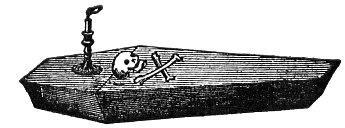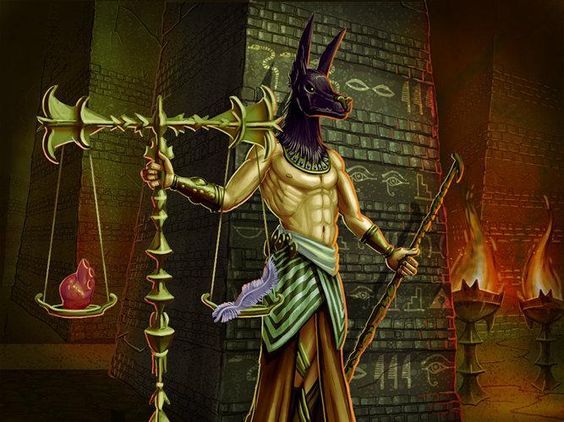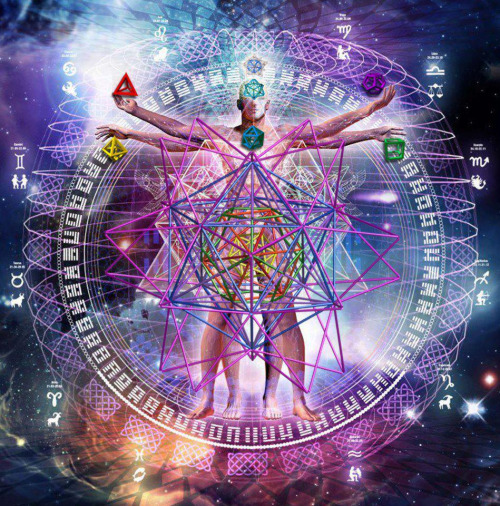The symbolic mountain Meru was ascended by Seven steps or stages; and all the pyramids and artificial tumuli and hillocks thrown up in fiat countries were imitations of this fabulous and mystic mountain, for purposes of worship. These were the “High Places” so often mentioned in the Hebrew books, on which the idolaters sacrificed to foreign gods.
The pyramids were sometimes square, and sometimes round. The sacred Babylonian tower [ו ם?G?D?L, Magdol], dedicated to the great Father Bal, was an artificial hill, of pyramidal shape, and Seven stages, built of brick, and each stage of a different color, representing the Seven planetary spheres by the appropriate color of each planet. Meru itself was said to be a single mountain, terminating in three peaks, and thus a symbol of the Trimurti. The great Pagoda at Tanjore was of six stories, surmounted by a temple as the seventh, and on this three spires or towers. An ancient pagoda at Deogur was surmounted by a tower, sustaining the mystic egg and a trident. Herodotus tells us that the Temple of Bal at Babylon was a tower composed of Seven towers, resting on an eighth that served as basis, and successively diminishing in size from the bottom to the top; and Strabo tells us it was a pyramid.
Faber thinks that the Mithriac ladder was really a pyramid with Seven stages, each provided with a narrow door or aperture, through each of which doors the aspirant passed, to reach the summit, and then descended through similar doors on the opposite side of the pyramid; the ascent and descent of the Soul being thus represented.
Each Mithriac cave and all the most ancient temples were intended to symbolize the Universe, which itself was habitually called the Temple and habitation of Deity. Every temple was
p. 235
the world in miniature; and so the whole world was one grand temple. The most ancient temples were roofless; and therefore the Persians, Celts, and Scythians strongly disliked artificial covered edifices. Cicero says that Xerxes burned the Grecian temples, on the express ground that the whole world was the Magnificent Temple and Habitation of the Supreme Deity. Macrobius says that the entire Universe was judiciously deemed by many the Temple of God. Plato pronounced the real Temple of the Deity to be the world; and Heraclitus declared that the Universe, variegated with animals and plants and stars was the only genuine Temple of the Divinity.
How completely the Temple of Solomon was symbolic, is manifest, not only from the continual reproduction in it of the sacred numbers and of astrological symbols in the historical descriptions of it; but also, and yet more, from the details of the imaginary reconstructed edifice, seen by Ezekiel in his vision. The Apocalypse completes the demonstration, and shows the kabalistic meanings of the whole. The Symbola Architectonica are found on the most ancient edifices; and these mathematical figures and instruments, adopted by the Templars, and identical with those on the gnostic seals and abraxæ, connect their dogma with the Chaldaic, Syriac, and Egyptian Oriental philosophy. The secret Pythagorean doctrines of numbers were preserved by the monks of Thibet, by the Hierophants of Egypt and Eleusis, at Jerusalem, and in the circular Chapters of the Druids; and they are especially consecrated in that mysterious book, the Apocalypse of Saint John.
All temples were surrounded by pillars, recording the number of the constellations, the signs of the zodiac, or the cycles of the planets; and each one was a microcosm or symbol of the Universe, having for roof or ceiling the starred vault of Heaven.
All temples were originally open at the top, having for roof the sky. Twelve pillars described the belt of the zodiac. Whatever the number of the pillars, they were mystical everywhere. At Abury, the Druidic temple reproduced all the cycles by its columns. Around the temples of Chilminar in Persia, of Baalbec, and of Tukhti Schlomoh in Tartary, on the frontier of China, stood forty pillars. On each side of the temple at Pæstum were fourteen, recording the Egyptian cycle of the dark and light sides
p. 236
of the moon, as described by Plutarch; the whole thirty-eight that surrounded them recording the two meteoric cycles so often found in the Druidic temples.

Moe is the founder of GnosticWarrior.com. He is a father, husband, author, martial arts black belt, and an expert in Gnosticism, the occult, and esotericism.








